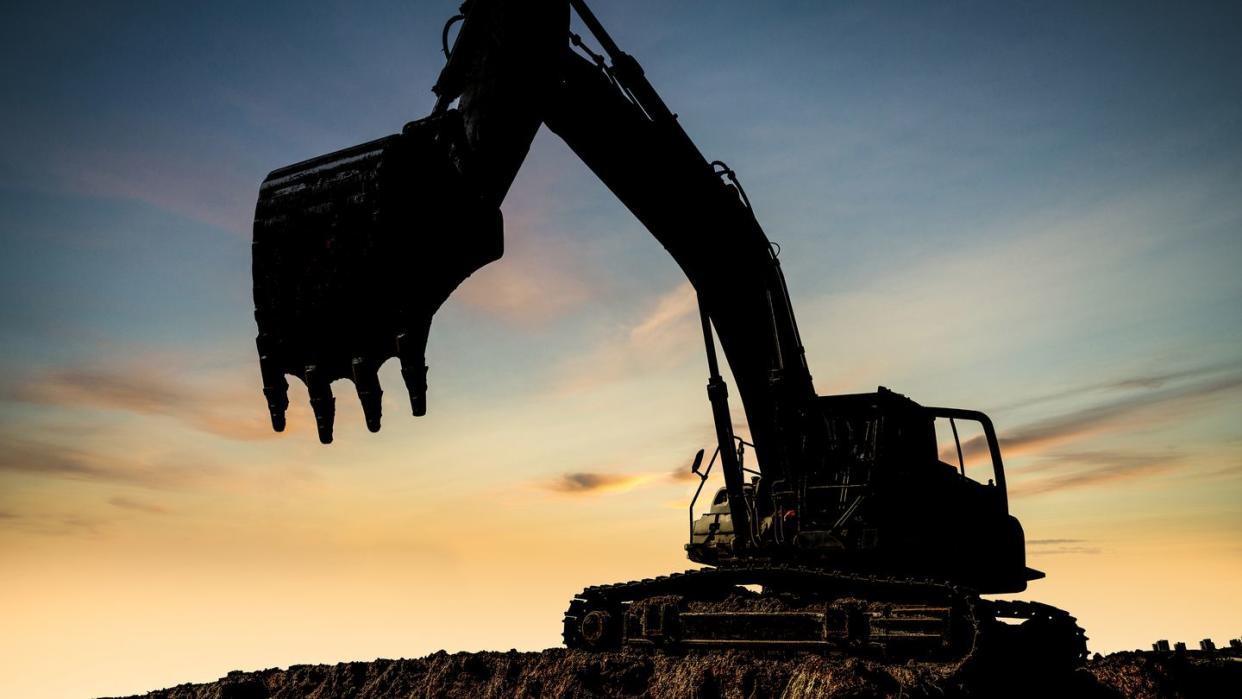Builders Began Digging for a New Development—and Accidentally Found an Ancient Lost Village

A development project on a North Carolina intercoastal waterway was paused when construction crews found bones.
A subsequent archaeological dig at the site turned up over 2,000 artifacts, including remnants of longhouses and evidence of a Native American village.
The location has turned into a political debate, with the modern housing project at odds with the historical nature of the site.
An archaeologist’s dream can be a developer’s nightmare. That’s definitely been the case in North Carolina, as the builders of the new Bridge View neighborhood along the intercostal waterway near Cedar Point uncovered ancient bones while trying to construct a new housing development.
Now, the fate of what the acting state archeologist calls the most significant find he’s seen in the state in the past 30 years sits in a political battle, according to the television station WRAL.
The crews first found bones. But as archeologists took over the site, they uncovered an additional 2,000 artifacts, including evidence of longhouses, fish drying racks, and ritual sites that all point to an early Native American village.
“In the [European] contact period, it could have been a part of the Powhatan Confederation—the Indians that were met by the Jamestown settlers,” Chris Southerly, acting state archeologist, told WRAL, adding that the site has a rich history of multiple Native American groups converging for cross-cultural interactions.
But some in the North Carolina legislature are more focused on the present, pushing an effort to allow the Cedar Point Developers to continue building dozens of waterfront hohttps://www.popularmechanics.c...mes on property they paid millions of dollars for. To make it happen, a new bill in the legislature aims to make it tricky for the state’s archeology office to get involved in historically significant finds.
This one discovery has now sparked a larger debate across the state over what will happen to archeological finds—Native American or otherwise—in the future. “Civil War battlefields and cemeteries would also be negatively impacted by this legislation,” a local indigenous activist group, 7 Directions of Service, wrote in a letter. “Historical and heritage tourism could take a nosedive if legislators are not mindful of continuing to protect these cultural gems in our great state of North Carolina, in addition to shamefully disturbing the protected remains of the state’s longest ancestral residents and its fallen heroes.”
Finding a solution to the current problem won’t be easy. While the station reports that 98 percent of all projects that unearthed archeological items were still given the green light to proceed, something as monumental as a lost village may fall within that other 2 percent.
“In this example Down East, you’ve got human femurs that have been found—and are still lying there, exposed, on some of these properties,” said Sen. Mike Woodward about comparing examples, according to WRAL. “That’s a little different than finding a few arrowheads.”
You Might Also Like

